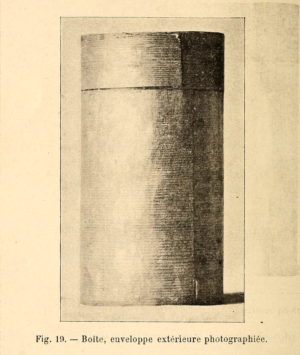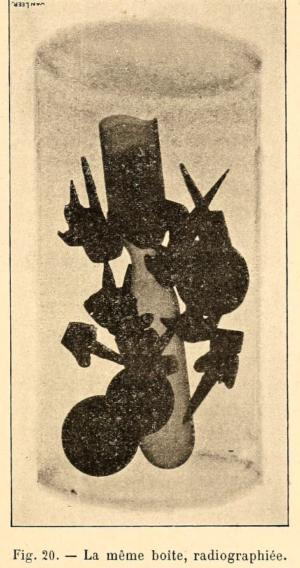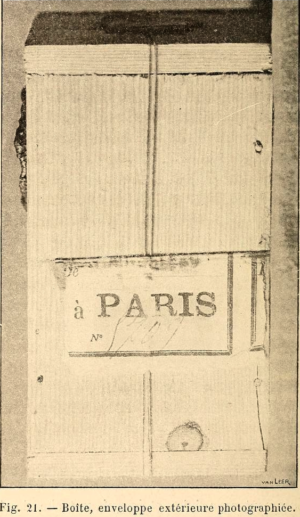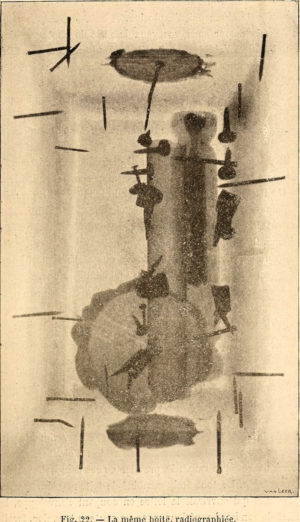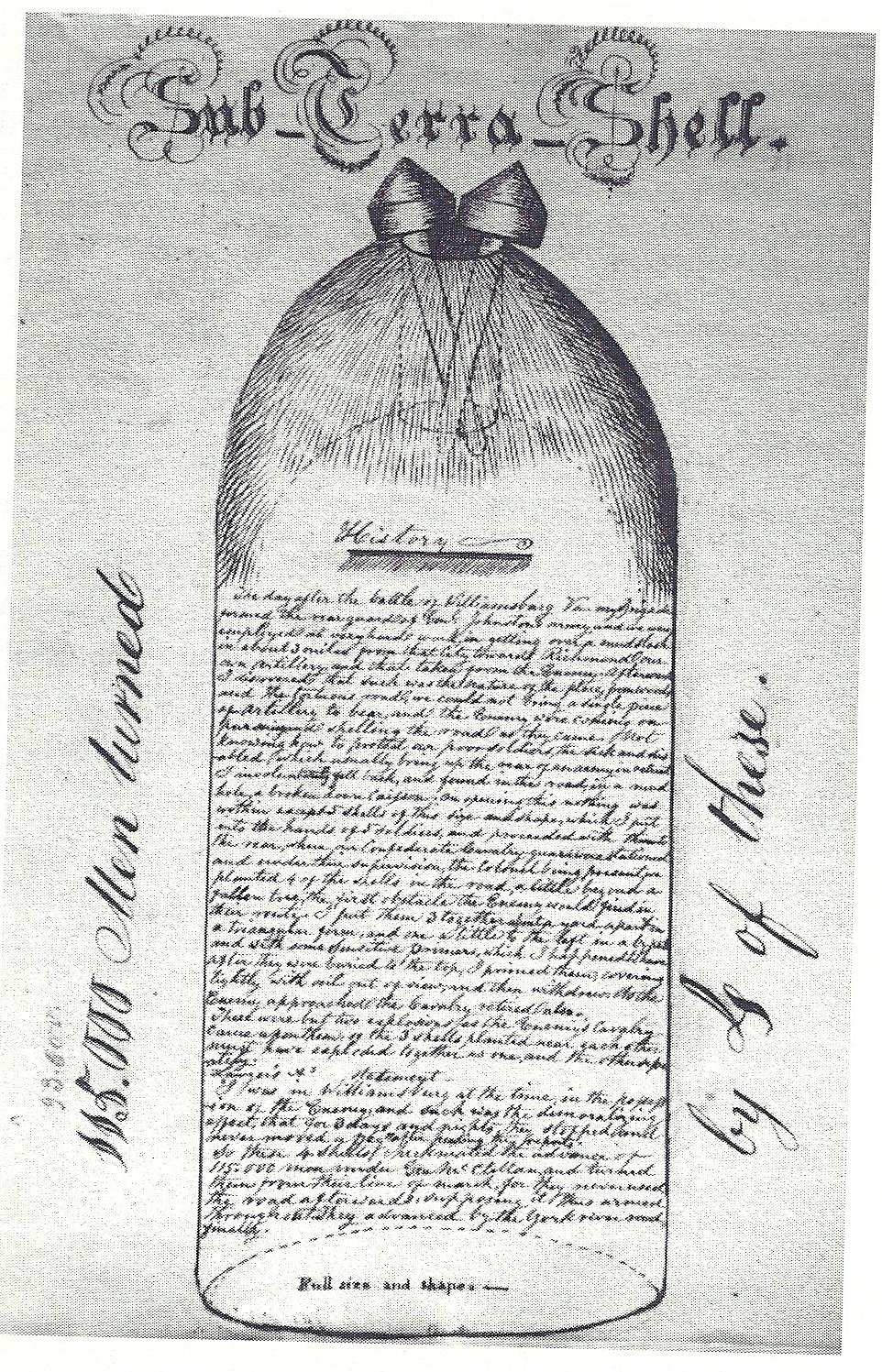In posts a couple of weeks ago I was exploring why bomb technicians make mistakes. To declare my prejudices, I suspect that there are good bomb technicians and bad bomb technicians (delete and insert IEDD operators as you see fit). There are two consequent questions:
- How do you identify good from bad during assessment (which may or may not be “on the job”)
- How do you train bomb technicians to avoid mistakes
There are complex issues here. Firstly we are talking about life and death decisions, for both the bomb technicians but also the trainers and assessors. And possibly for others, too. Secondly should we identify optimal technicians/operators before their training? Or weed out the bad ones during training? Or at the end of training or throw them out when their mistakes are made operationally? This leads to further questions such has how do we identify sub-optimal people before training and is such a filtering valid? There are also questions about how we test and assess those undergoing training and how we monitor them operationally.
The truth is, I fear, that not enough thought is going into this. Indeed I have not encountered any EOD organization, anywhere on the globe, that has spent enough time on trying to answer these questions. Anyone care to disagree?
So I think as a first step understanding the psychology of bomb technicians undertaking operations is important. In my humble opinion it is what I call the “threat assessment” phase that is the crucial step and indeed the step I struggled most at during training. It is also the step that as a commander I saw people struggle most with operationally, and I see it still to this day when observing training.
Let’s return to the psychological functions at play at this point in the operator’s thought processes. The psychologist Lee Roy Beach (with whom I have had some recent dialogue) posits 6 different sorts of “memory” at play here:
Immediate memory – the current focus of attention, that information that the operator receives at the scene of a suspect IED, as he receives it. I think there are interesting and complex issues to explore here about techniques an operator can use to elicit information from witnesses and the way he asks the questions. I think “organized thinkers” with a good questioning technique can optimize the immediate memory. Too few EOD schools or courses teach questioning technique effectively. I think this is an area the military can learn hugely from law enforcement – cops are naturally better questioners than soldiers. Are there any studies or theories about questioning technique out there that could be applied to EOD technicians? Immediate memory also plays a key role in threat assessment. In an IED operation the operator is bombarded with data and information via many senses. An ability to “filter’ this information and notice what is important is, perhaps, the crucial key.
Retentive memory – These are things learned in the past. It might relate to the types of devices a terrorist group uses, their tactics, and also perhaps how the immediate memories (above) are stored in the brain
Procedural memory. These are skills that have been learned. How to use a particular tool, how to undertake a particular task. Questioning technique should perhaps be a procedural memory-based skill
Declarative memory – this is information, any intelligence received before the operation began. It is crucial to threat assessment. I think that there is significant room for more work to understand how “intelligence reports” can be designed to optimize their use and understanding by specific users. Declarative memory is important in this idea of “Narrative psychology”- a story that “makes sense” and hangs together. A narrative that doesn’t hang together is an indication that the threat assessment is wrong. But it is easy for a poor operator to justify a weak narrative and see what he wants to see, because the alternative is confusion. I think this piece is quite crucial in understanding why things go wrong. A poor operator convinces himself a narrative makes sense, when it doesn’t.
Episodic memory – these are portions of the narrative that can be recited as specific episodes- think of them as chapters in a story. The convoy was travelling down the road, in the following order at about this speed, in this order, and they turned left…
Semantic memory – these are the memories that link the episodic knowledge together and link them to general knowledge. Semantic knowledge also deals with hierarchical understandings.
So to summarize, the building blocks of an IEDD threat assessment are complex and, not only that, very frequently they are occurring in highly pressured situations, indeed life and death situations. To pick out a couple of important elements:
1. Filtering out important information from a vast bandwidth of sensory perception is tricky. Lee Roy Beach makes the statement, that many of us will recognize: My contention that people are better at knowing what’s wrong with things than with what’s right–better at knowing what they don’t want than what they do. We spot discrepancies faster than congruencies, if only because errors and threats usually reveal themselves in discrepancies from the norm or from the expected. I think that this simple truth has vast implications for systems design and training. Now this makes sense – we have all heard of ordinary soldiers who are better at spotting the roadside IED because they sense something out of place. The trouble is we need all our EOD operators to have that skill and some don’t. Can it be trained? Or is it natural?
2. Making a narrative that “makes sense” is a crucial step. Just as crucial is validating that narrative. It is here that I see many problems with the concept of two EOD operators working in harness, together. All too often the response from one is not to challenge but to say “Yeah that sounds good”. There needs to be a more adversarial approach to establishing a valid narrative. Working down to a subordinate No 2 can be tricky indeed, but the No 2 should be encouraged to say “Boss, how does that fit our SOPs?”. Working up to a commander (who may not be present) , the EOD operator has to expect his narrative to be challenged and justify it accordingly. If a path of action can’t be justified on the radio to an experienced boss, it shouldn’t be let out of the incident command post. But two equals working together rarely (never?) are adversarial enough and simply reinforce the others poor judgment.
Comments welcome, as ever.

